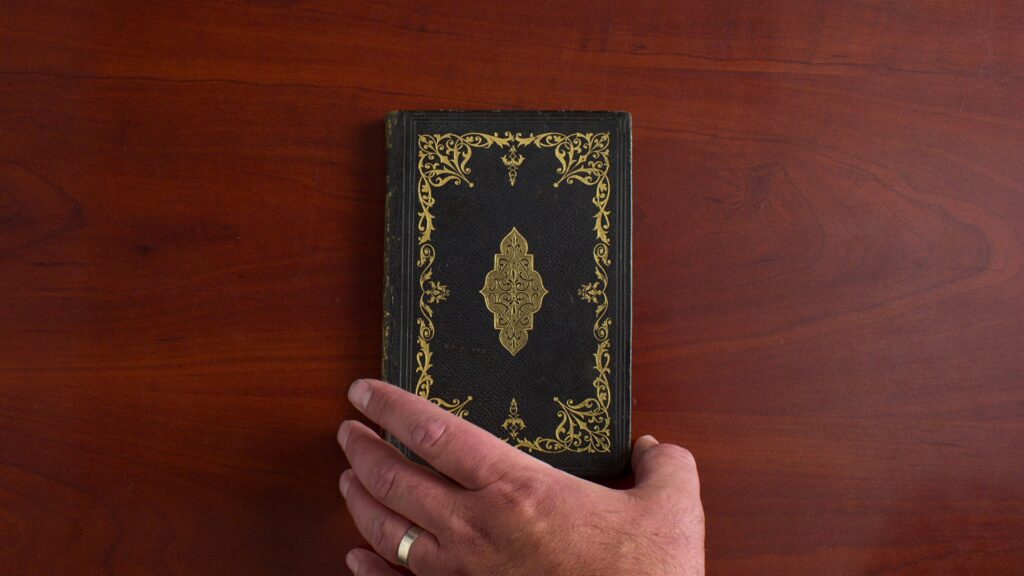
Created by Jared Hess (“Napoleon Dynamite”) and Tyler Measom (“Jesus Town, USA”), “Murder Among the Mormons” was until recently in the Netflix’s “Top 10” list all over the United States.
“Murder Among the Mormons covers a lesser-known, horrifying moment in Utah history: the 1985 killing of two esteemed members of Salt Lake City’s Latter-Day Saints establishment by someone from their very own ranks. Mark Hofmann, a well-regarded dealer in historical Mormon documents who was later revealed to have forged most of his “findings,” was convicted for the murders, which were carried out by bombs targeted at some of his business partners, and is serving a life sentence. The story of Hofmann and his elaborate deceptions—which also caused a brief crisis of faith within the church—is a complex tale with many interlocking parts, some reaching far beyond Utah.” (Slate.com)
After watching the trailer of Murder among the Mormons, I thought that it was just another attack against The Church of Jesus Christ of Latter-day Saints, disguised as a documentary. The trailer easily catches your attention, starting with the bold guy who speaks in a very unusual way, and then through the quick description of the main facts of the story, while constantly making innuendos that could easily lead the viewers to think that the Mormon Church was involved in some way in those murders.
Being tired of listening to distorted stories about the Church, I hesitated to watch the series, but then I changed my mind.
In the second and third episode it becomes clear that The Church of Jesus Christ of Latter-day Saints (or Mormon Church, as it is called in the documentary) had nothing to do with those murders. However, those people who only watch the trailer and the first episode, may be left with the impression that the LDS Church was somewhat involved.
I wanted to know what others thought of the series, to compare my impressions with theirs, and I found several interesting articles and comments on the internet. I share a few of them below.
For example:
“Directed by Jared Hess – who’s previous work includes Napoleon Dynamite – and Tyler Meason (An Honest Liar), the series is an expansive take on suppression in the Mormon church and focuses on the master counterfeiter, Hoffman, the man eventually convicted of the bombings, amongst other felonies.” (Esquire.com)
“suppression in the Mormon church” … doesn’t really sound like a compliment …
The Deseret News contacted several Mormon studies scholars and experts in Latter-day Saint history, seeking comment on their reactions to the docuseries.
JB. Haws, for example, observes that,
“Here’s one of the longstanding challenges with this story (the series trailer is a case-in-point): because Mark Hofmann’s confession and plea deal came almost a year and a half after the bombings, a lot of people likely missed the full story at the time. Media attention to the murders was intense and ever-present; media coverage of the plea deal and confession was, understandably, less prominent and thorough.
Will the docuseries fill in the story for those who only remember hearing about the murders but missed the part about the forgeries? Yes, but only if viewers make it to the second episode. That creates some suspenseful storytelling in the film, but it could perpetuate the incomplete picture.“
Another scholar, W. Paul Reeve, describes some of the limitations of the series:
“But the directors’ success at telling a crime story, simultaneously highlights the film’s deficiencies in other areas. It is not, for example, a cultural history of the 1980s, or an analysis of the link between Latter-day Saint theology and history, or an assessment of the challenges Hofmann’s forgeries presented to his faith. The film only scratches the surface as to the ways in which Latter-day Saint leaders attempted to make room for white salamanders in their founding stories when Hofmann’s forgeries were believed to be true.
Daryl Austin, in an article on NBC News expresses his frustration with the use of stereotypes in the documentary:
“While both filmmakers swore to Esquire that they “didn’t have an axe to grind” with the church, it’s clear that even if they didn’t intend to lean in to stereotypes about those of the Mormon faith, they certainly didn’t shy away from them — even though Hofmann, born to a longtime Mormon family, was an avowed atheist who allegedly took pleasure in deceiving members of his former faith.”
“For instance, the filmmakers present Mormon beliefs to their viewers by showing clips from a 1970s kooky educational film. They intersperse footage the Salt Lake Temple or Church Office Building headquarters — as well as video clips of Mormons speaking from a pulpit, playing a board game, walking into a church meeting house, teaching lessons in the home, doing missionary work or singing hymns — against dark moments in the story full of ominous music.”
“The voiceovers and interview commentary add to the aura of suspicion that gets cast over the church, its members and its leaders.”
“Dark aspersions, innuendos and accusations against the church and its leaders are allowed to pile up as interviewees accuse the church of having nefarious motivations for wanting to purchase any of Hofmann’s allegedly authenticated historical documents about its own history in the first place.”
After watching all the episodes I have now a better understanding of what happened in 1985 and I need to recognize that the documentary wasn’t as negative as it looked in the trailer, in relation to the LDS Church. However, I agree with Daryl Austin that,
“Murder Among the Mormons” will seemingly be able to misrepresent the LDS church yet again to a mainstream audience with little to no consequence.
Not very helpful …
